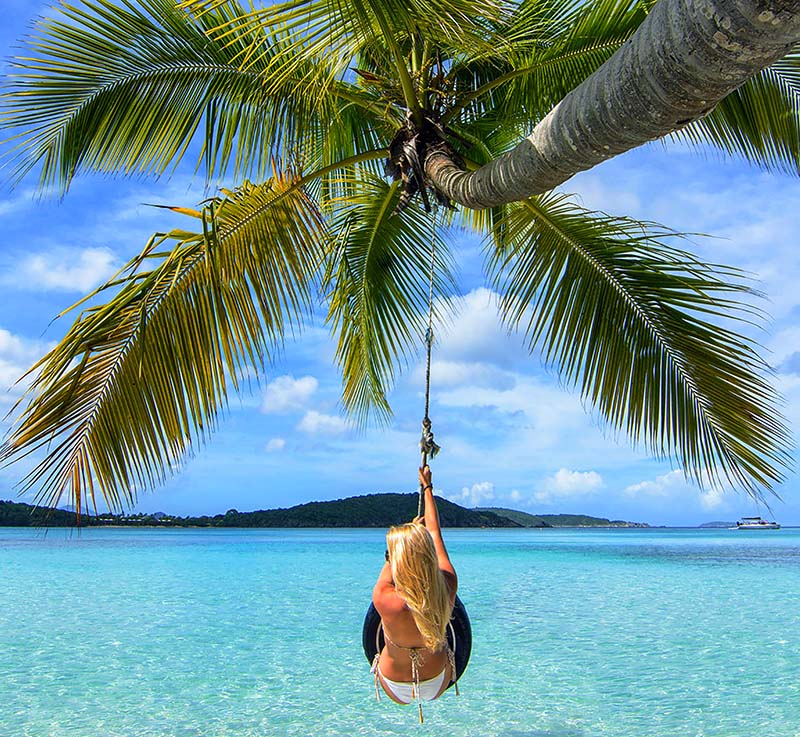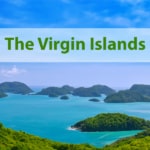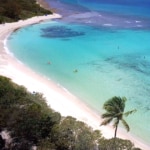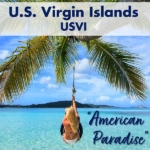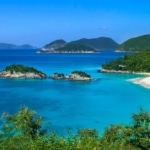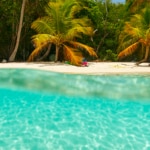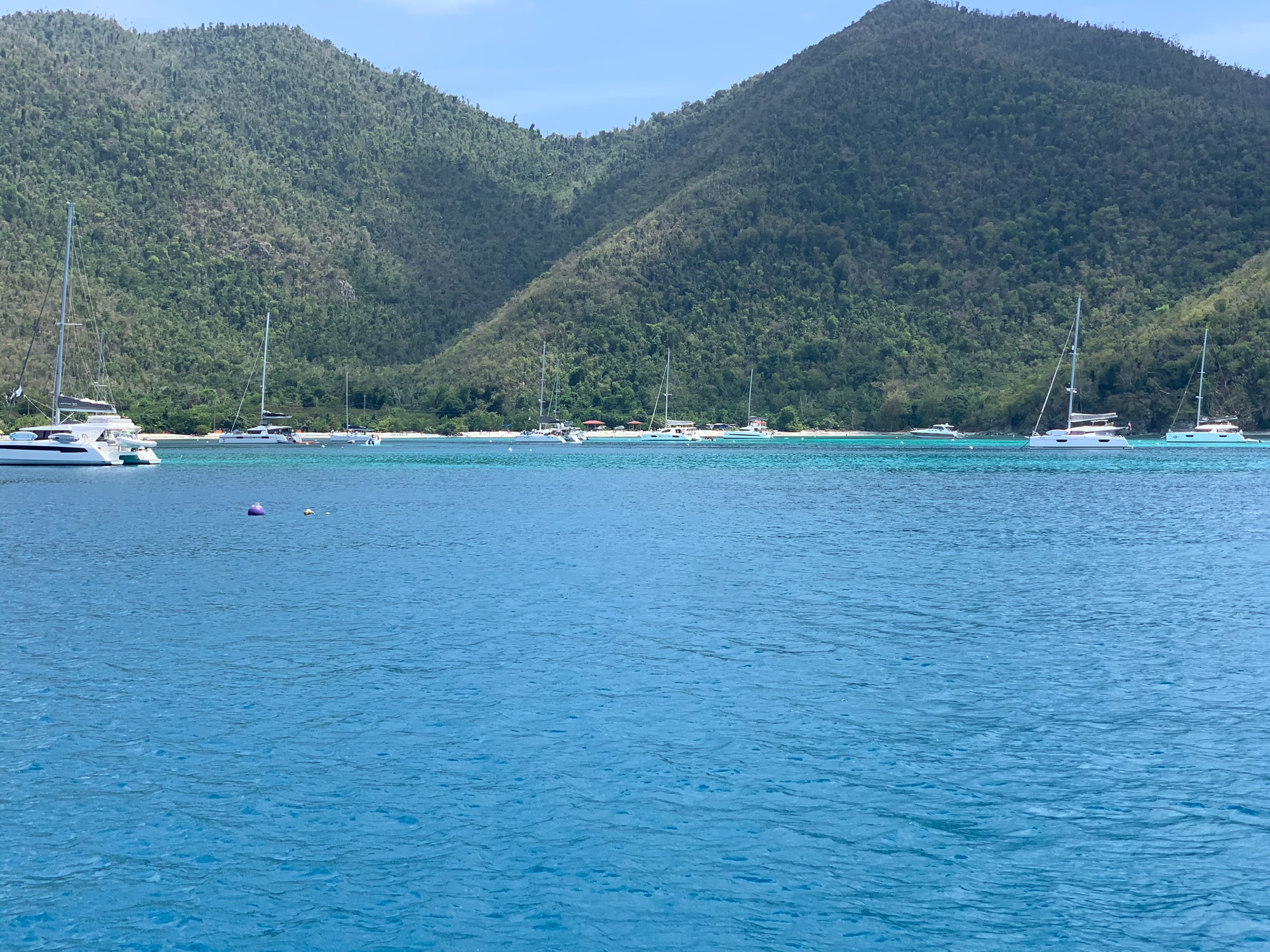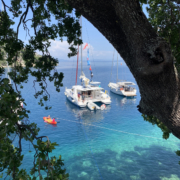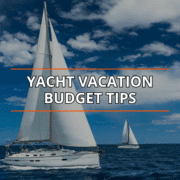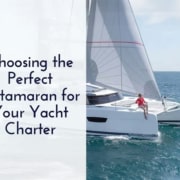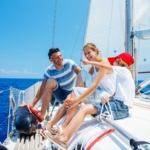We’ve been there!
We’ve always tended toward the BVI, just mostly because it is always the most talked about, and who can resist another trip to the BVI? But during Covid, we did a USVI yacht charter because of the ease of travel. We were amazed that the USVI is such a forgotten child of the Virgins. There is plenty to do, lots of beaches, great sailing winds, short sails, tucked away bays with stunning beaches and hikes, and fantastic snorkeling and scuba places. The USVI is simply a must-visit, and you can’t beat the quick 1 flight jump from any USA hub. Got a quick week spare? Jump to the USVI!

